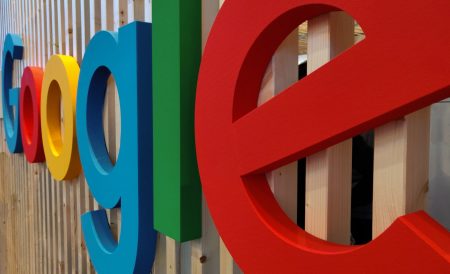 Google Ads has updated the work of the search queries report: now specialists will see in it only queries with a large search volume. Even if the search query resulted in one or more clicks, it may not appear in the report. The changes took effect in September 2020.
Google Ads has updated the work of the search queries report: now specialists will see in it only queries with a large search volume. Even if the search query resulted in one or more clicks, it may not appear in the report. The changes took effect in September 2020.
These changes are essential for the work of a PCC specialist, but not critical. The amount of “working” semantics that users use in advertising campaigns has been decreasing for several years.
Development of the advertising concept
Experts don’t believe that ignoring small groups of searches will hurt your campaigns. The advertising system is evolving and increasingly uses “close” queries. Often they are really relevant, but for this to work, as Google engineers put it, the system needs data.
The job of advertisers is to give the system this data. Now it takes less monotonous work (the system takes it for itself) and more work of the head to know and understand the mechanisms of the advertising system, available formats, targeting, opportunities, and features.
Work with conversion rate optimization
Key recommendation – work with conversion rate optimization. Set up the transfer of all important user actions to the ad system, ideally with value. The system will take this data into account, including when selecting search phrases to display ads.
Look for requests for working out negative keywords in organic using the services Serpstat, Semrush, and their analogs.
Often been situations where more general two- or three-word keywords perform better than nested keywords and have a higher Quality Score. Therefore, experts recommend revising the working semantic core: perhaps it’s time to cut it down.
Changes to Google Ads
Google Ads is gradually expanding the reach of match types: the modifier has become broader. But advertisers still had the ability to clean up non-targeted searches thanks to the search terms report, even though Google had never shown no-click queries in it before. Now specialists will not be able to find out some of the requests for which they have already paid!
In large projects, this change can lead to the fact that a lot of money will be spent on unknown requests.
The search query report is used for two main purposes:
- finding the most effective queries to reallocate the budget to them,
- and finding inappropriate or ineffective queries to expand the list of negative keywords.
In this regard, the work with the report will not change, but there will be much less data for analysis.
Hiding of statistics
Of course, hiding statistics on queries can harm the company, since there is nowhere to fill this information. Part of the budget will go to low-frequency queries, which were not found when parsing semantics. Even Google Analytics and Search Console won’t help, since the information won’t be there either.
According to Google, 15% of searches come up every day that have never been used before. Even deep parsing will not help to collect something that did not exist before. This means that you will have to carry out it with a certain frequency and look for new low-frequency speakers.
Semantics density
Specialists recommend working out the semantics in more detail, digging into parsing, collecting search suggestions and close variants of words, and using negative keywords from Direct, that is, taking action even before launching search advertising.
Also, you should abandon the method of “buying” semantics from Google. This is an approach when a campaign is launched on broad high-frequency phrases, after which the specialist gradually collects the most effective medium- and low-frequency queries from the report. Most of it Google Ads simply won’t show you.
A few tips:
- Try to combine different types of matches in groups, and add an exact match with a modifier if you need the maximum match.
- Collect negative keywords for low-frequency queries.
- Direct and add them to Google Ads.
Targeting test audience
Test audience targeting in Observe Mode and gradually implement them in Targeting Mode company. Based on the changes, Google is moving towards eliminating key phrases and reducing the involvement of specialists in company optimization, so learn to work with all the data and tools available.
Optimize your Quality Score:
- Continue to build on important business metrics.
- Optimize your Quality Score.
- Use responsive ads and test new elements based on combination statistics.
- Compare attribution models and choose the best one.
- Go for auto strategy, especially if Google Ads recommends doing it.
Picture Credit: Unsplash
